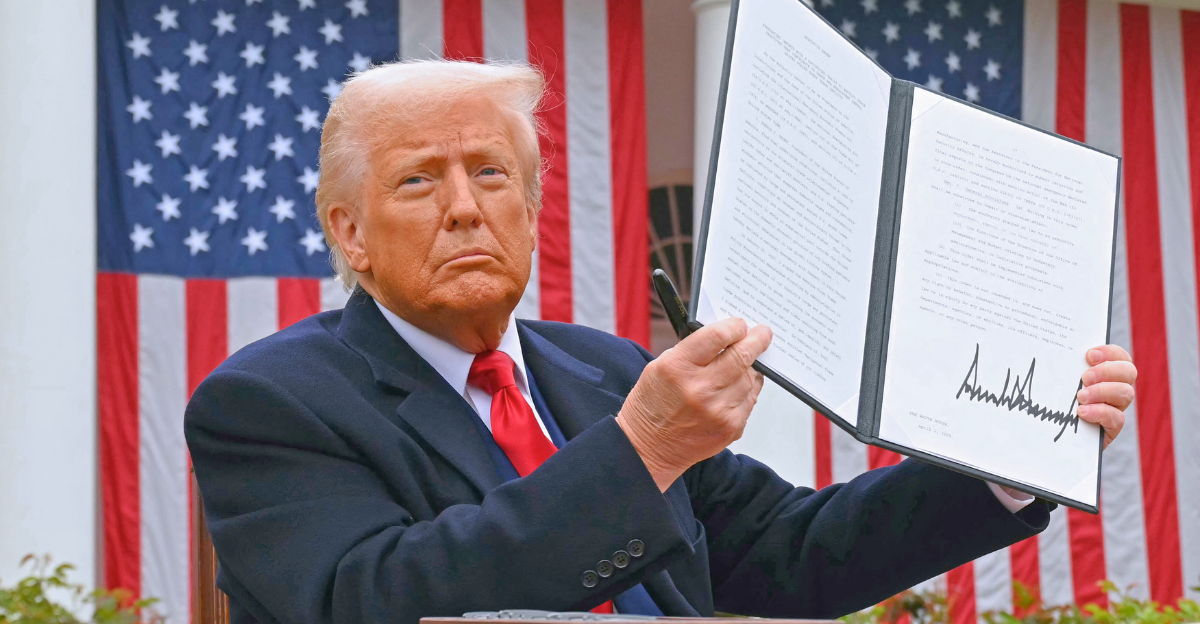
Trump’s time in office has rewrote the rules of U.S. economics. His biggest moves are not just bold, they often backfired. From trade wars to tax changes, immigration crackdowns to central bank clashes, his policies changed everyday life in ways no one expected.
Some decisions were headline-grabbing, others quietly shifted markets. All of them left a mark. Let’s break down the 9 most controversial moves, and why they didn’t go as planned.
The Roots of Trump’s Economic Disruption
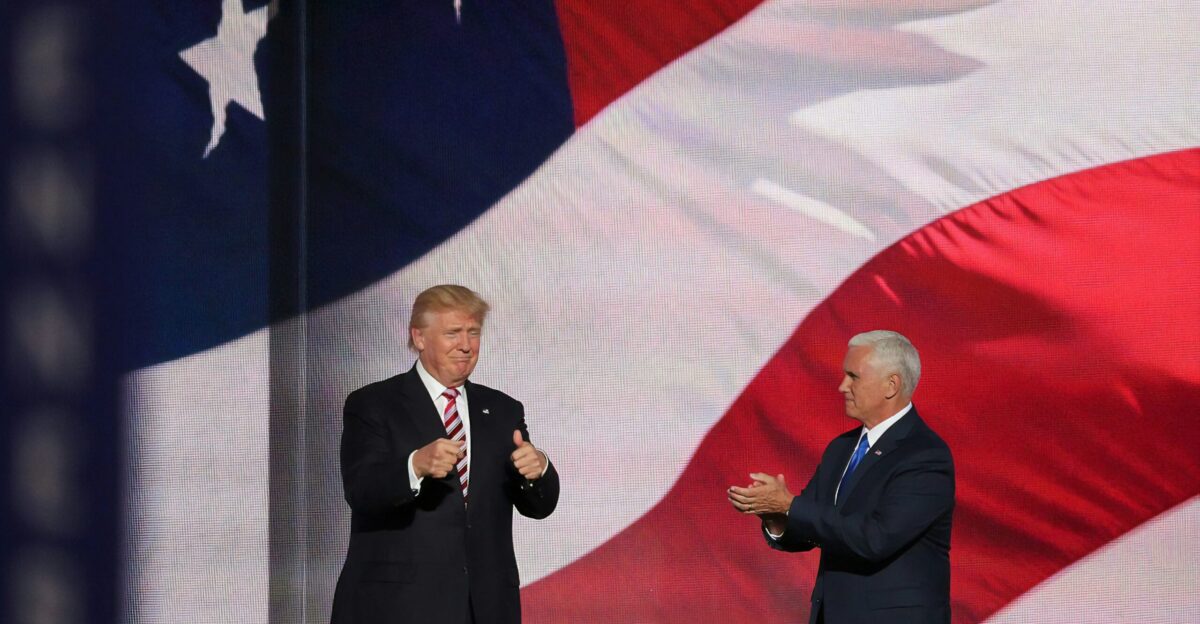
Trump’s economic style came from his real estate background. He favored direct, one-on-one trade deals over multilateral agreements built since World War II. The Council on Foreign Relations (2017) noted this marked a major shift from decades of global trade norms.
His 2016 promise to “drain the swamp” turned into a push for sweeping deregulation and a belief that trade deficits were business losses that had to be fixed.
The “America First” Strategy Created New Economic Risks
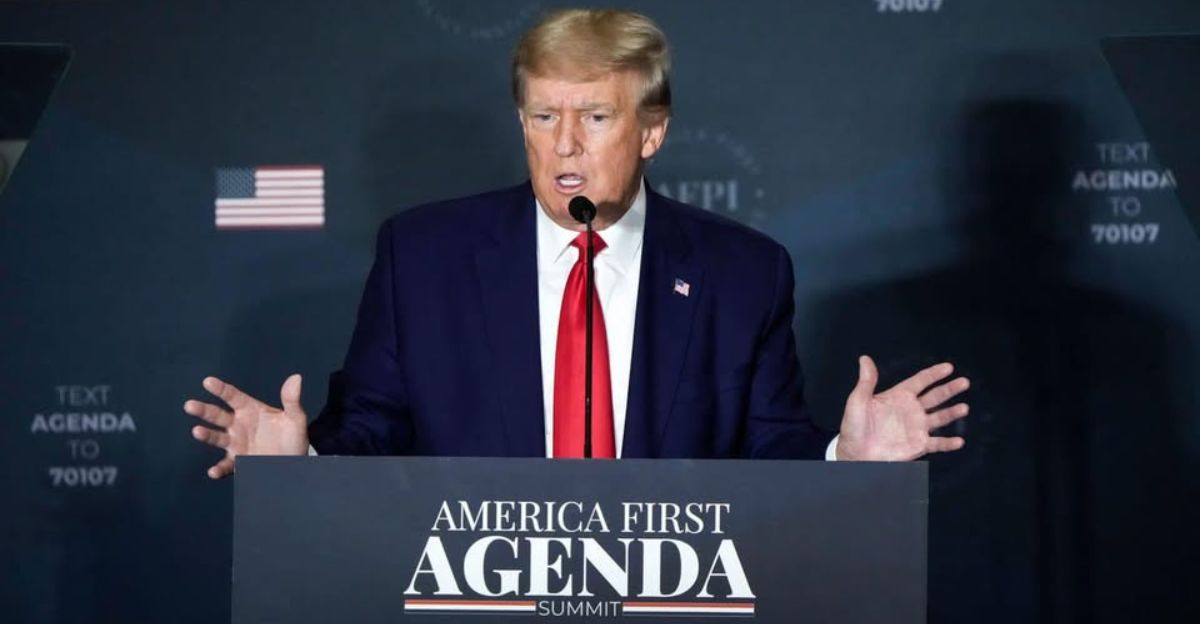
Trump’s “America First” plan promised to revive manufacturing and fix trade imbalances, but it often created unexpected market swings. According to the Hoover Institution (Dec. 2024), his economic record shows “offsetting pluses and minuses” with “many key uncertainties and risks.”
Instead of delivering long-term stability, many of these policies sparked new challenges, slowed growth in key sectors, and left lasting questions about their true cost.
What Makes These 9 Moves So Controversial

These policies aren’t controversial just because they were unpopular. They’re controversial because they produced results opposite of what was promised. Jobs were lost instead of gained. Prices went up instead of down. America became more dependent on allies, and enemies.
With data from trusted sources like the Yale Budget Lab, JPMorgan, and the U.S. Census Bureau, we’ll look at the full impact, starting with the most damaging policy of all.
#1 – The 145% China Tariff
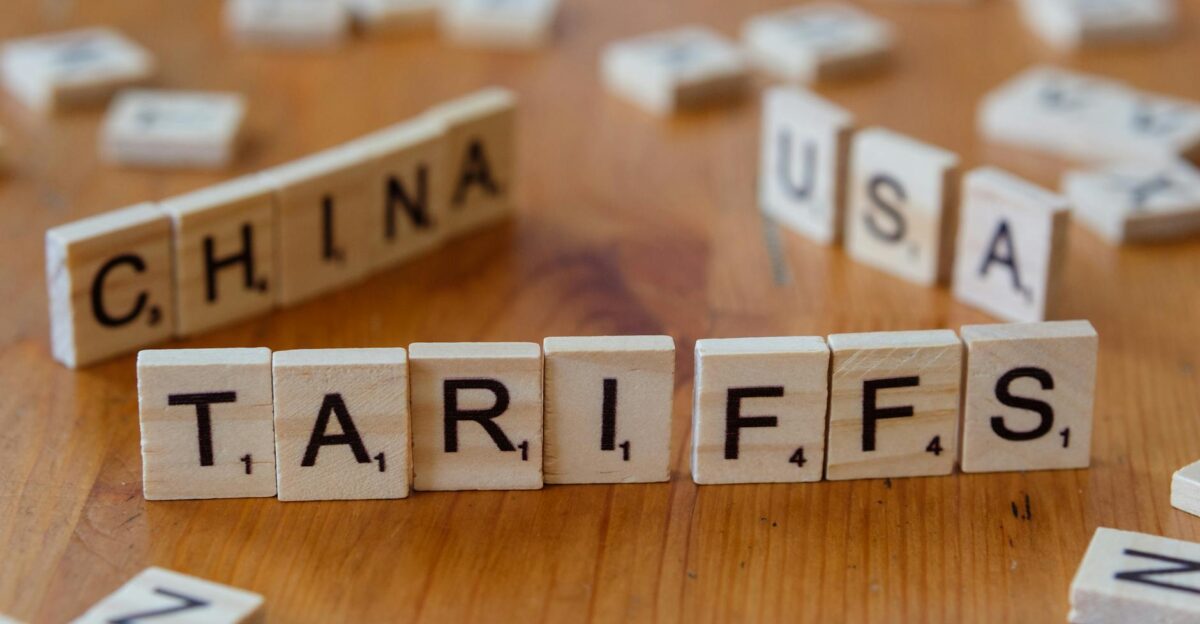
Trump raised China tariffs to 145% in 2025, then lowered them to 30% under a temporary deal, according to the Tariffs in the Second Trump Administration Wikipedia page. The Yale Budget Lab reports U.S. households now pay about $2,400 more annually because of these tariffs.
While the White House claimed net-negative immigration, the Federal Reserve Bank of San Francisco estimated 2025 migration would still be positive, about 1 million people.
#2 – Powell Confrontation
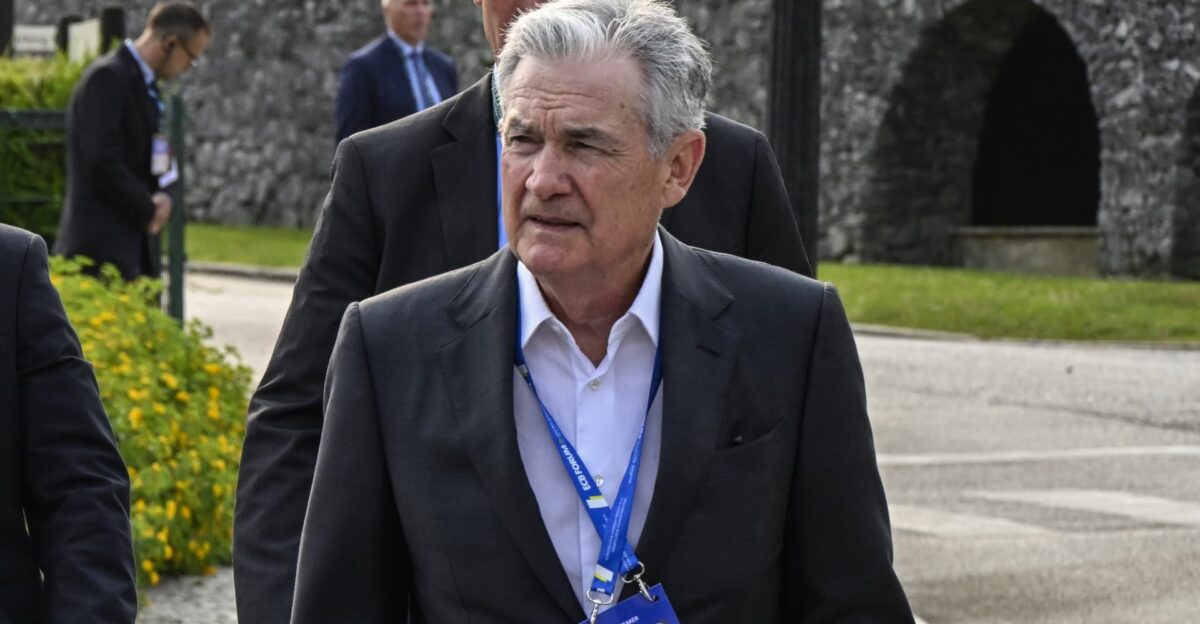
In July, Trump publicly argued with Fed Chair Jerome Powell over building costs, $3.1 billion versus the Fed’s stated $2.5 billion. This marked the first presidential visit to the Federal Reserve in nearly 20 years.
Deutsche Bank warned Powell’s removal could trigger dollar and bond market shocks. Polymarket odds ranged from 19% to 70% for his dismissal, raising concerns over Fed independence.
#3 – The 2017 Tax Cuts
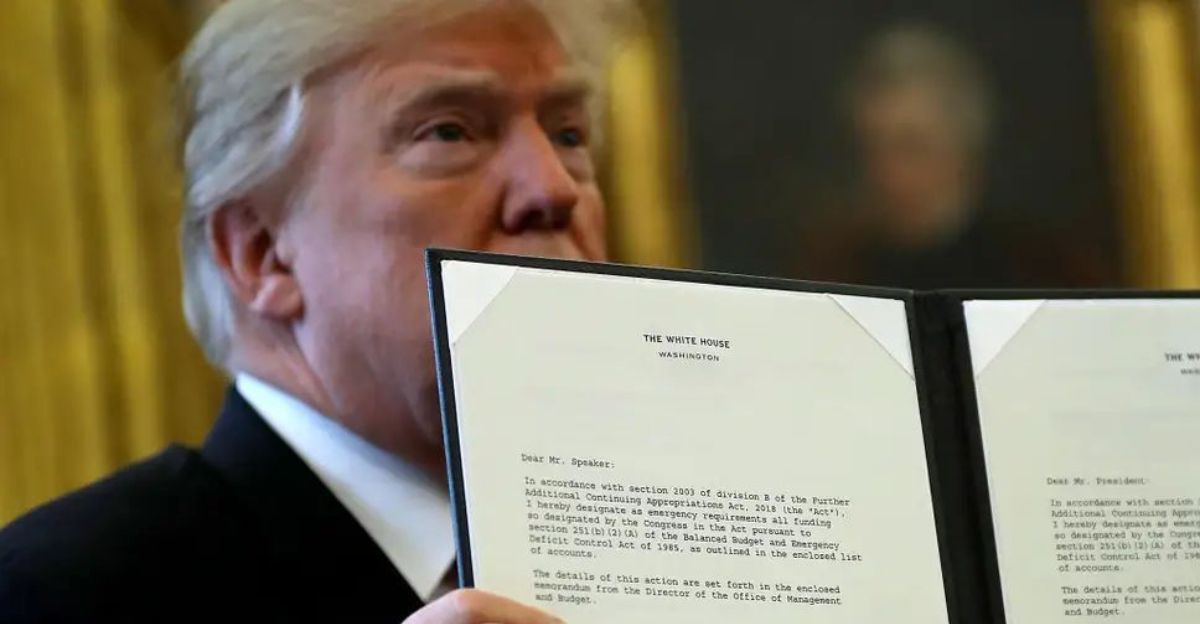
The 2017 Tax Cuts and Jobs Act allowed over 90 Fortune 500 companies to pay zero federal taxes in 2018, per Wikipedia and NBC News. The Institute on Taxation and Economic Policy found 60 companies paid zero or negative tax rates on $79 billion in profits.
While corporate cuts were made permanent, individual cuts expire in 2025. Median household income rose just $553, a change the Census Bureau called statistically insignificant.
#4 – Steel and Aluminum Tariff
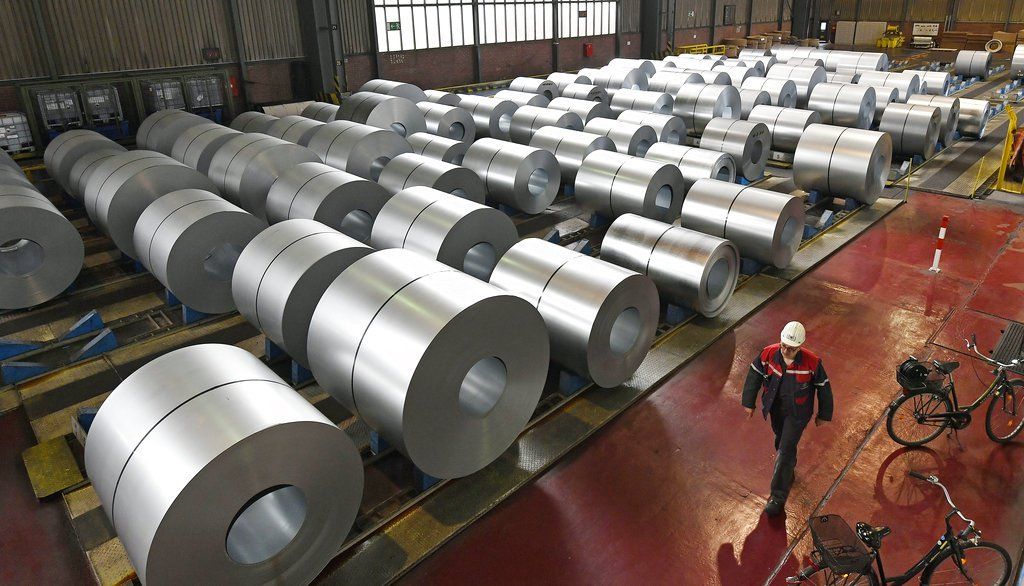
Trump doubled tariffs on steel and aluminum to 50% in June, according to White House sources and news reports. The Peterson Institute said similar 2018 tariffs cost $900,000 per job saved and eliminated 75,000 other jobs.
Canada, the source of two-thirds of U.S. aluminum imports, was hit hard. Defense News reported rising military costs. The UK received exemptions, showing how unevenly the policy was enforced.
#5 – Immigration Crackdown

Trump’s deportation plan would cut 44,000 U.S.-born jobs for every 500,000 immigrants removed, according to the Economic Policy Institute. Federal job cuts and uncertainty caused 300,000 Black women to exit the workforce in just three months.
BLS data shows 735,000 fewer foreign-born workers since January 2025. The Baker Institute warned of 1.5 million construction job losses and 225,000 in agriculture. Penn Wharton projects a 1% GDP drop and $350 billion added to the deficit.
#6 – USMCA Chaos and the “51st State” Threat
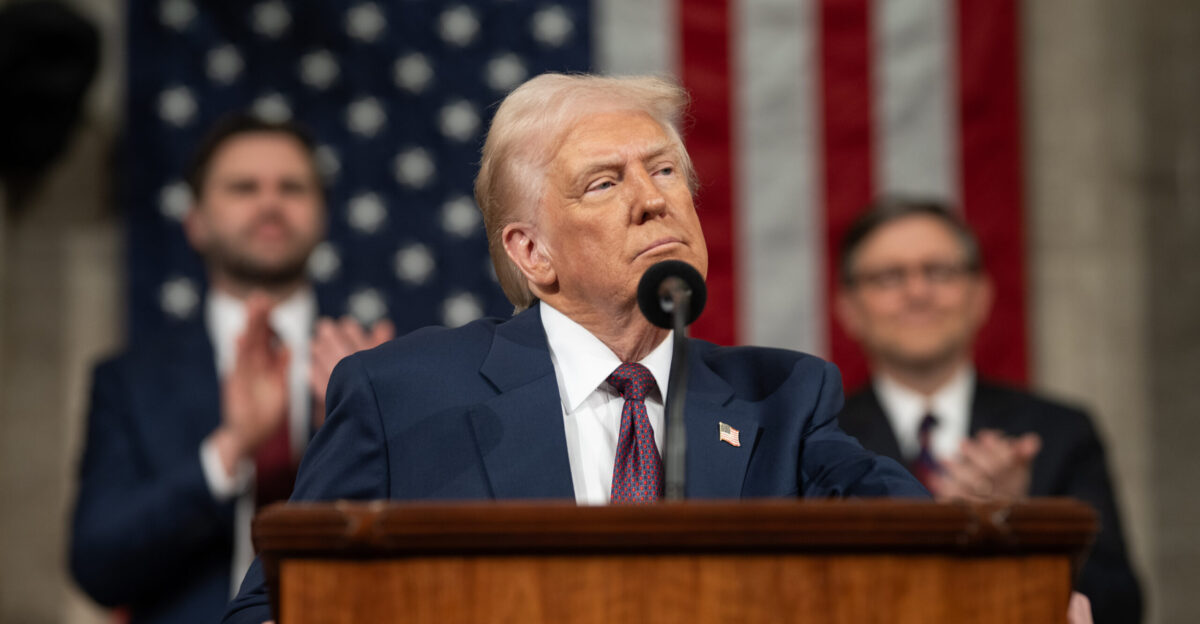
Trump’s trade moves disrupted the $1.6 trillion USMCA bloc, which covers 30% of global GDP. Canada sends 75% of its exports to the U.S. and retaliated with tariffs that hurt its own economy.
According to the Council on Foreign Relations, Trump’s policy swings reduced business confidence across North America. His “51st state” comment toward Canada added diplomatic tension, while manufacturing investment stalled amid rising uncertainty.
#7 – COVID Relief Delay

In December 2020, Trump delayed signing a $900 billion COVID relief bill, demanding $2,000 checks instead of $600. Treasury Secretary Mnuchin had backed the $600 amount during talks.
Unemployment benefits expired for 12 million Americans on December 26. Congress passed the bill with veto-proof majorities on December 21, but Trump didn’t sign it until December 27, after pressure from Republican lawmakers. The delay caused a gap in crucial payments.
#8 – A Failed Arctic Oil Lease Nobody Wanted

Trump’s Arctic National Wildlife Refuge lease sale brought in just $12 million, far below the projected $1 billion. Alaska was the top bidder. Major banks like Goldman Sachs and JPMorgan refused to fund Arctic drilling projects.
The lease occurred during Trump’s first term, but most oil firms boycotted the auction. Drilling costs required oil prices of $63–84 per barrel, making projects financially risky and unattractive to the industry.
#9 – Bank Deregulation Set the Stage for SVB Collapse
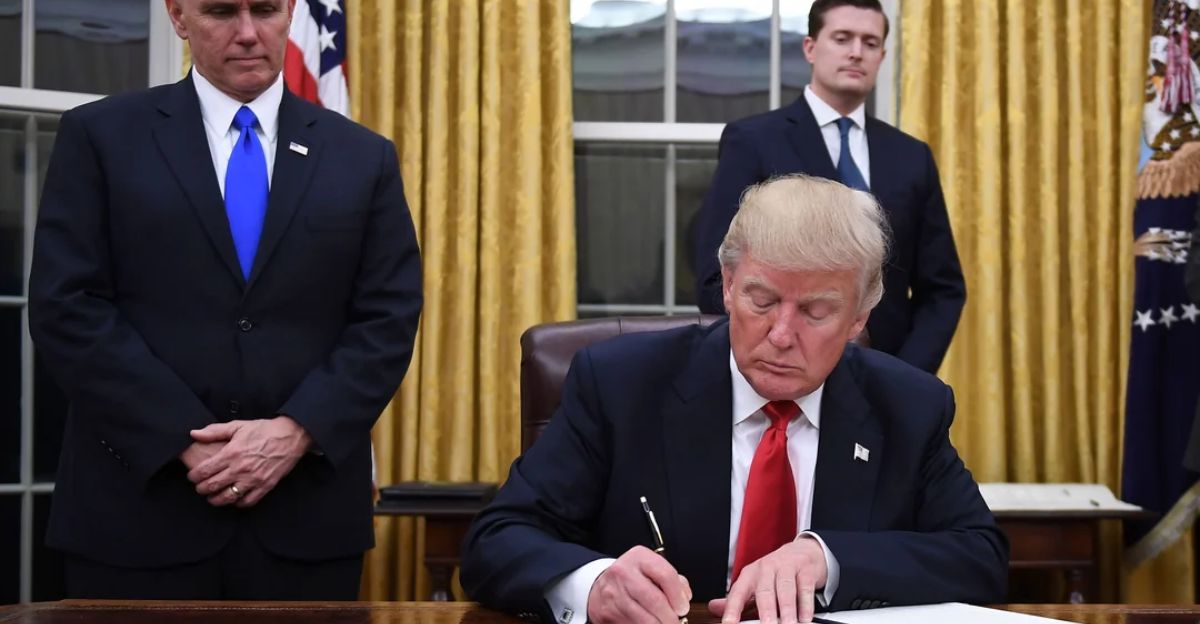
Trump’s 2018 rollback of Dodd-Frank raised the oversight threshold from $50 billion to $250 billion. That change excluded Silicon Valley Bank from stress tests before its collapse in 2023.
Experts said it created “too small to test, too big to fail” banks. CNN confirmed the deregulation encouraged risky behavior. Hundreds of regional banks avoided key oversight, reducing stability in a sector now more vulnerable to systemic shocks.
Tariffs That Cost More Than Anyone Expected
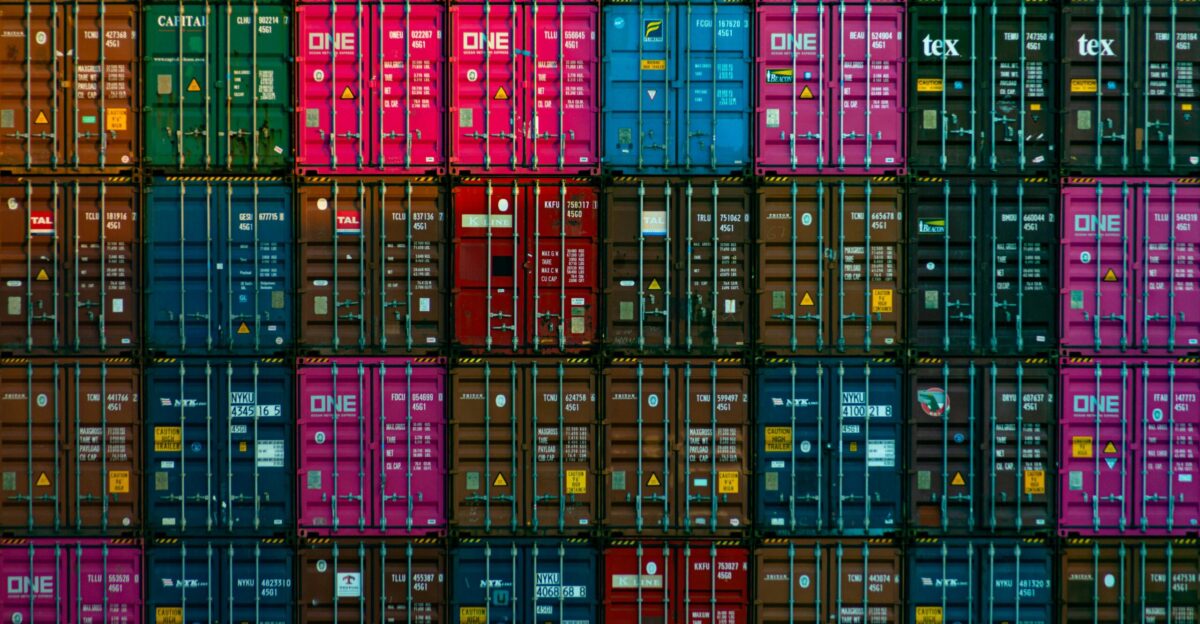
Trump claimed other countries would pay, but Yale Budget Lab found U.S. households paid about $2,400 more annually as of August 2025. Tariffs hit 18.3%, the highest since 1934.
The lab projects clothing prices rising 37–40% and shoes 39–40% short term. Despite promises, American consumers and businesses are bearing the costs, facing the highest effective tariff rate in nearly a century.
Trickle-Down Tax Cuts That Didn’t Deliver
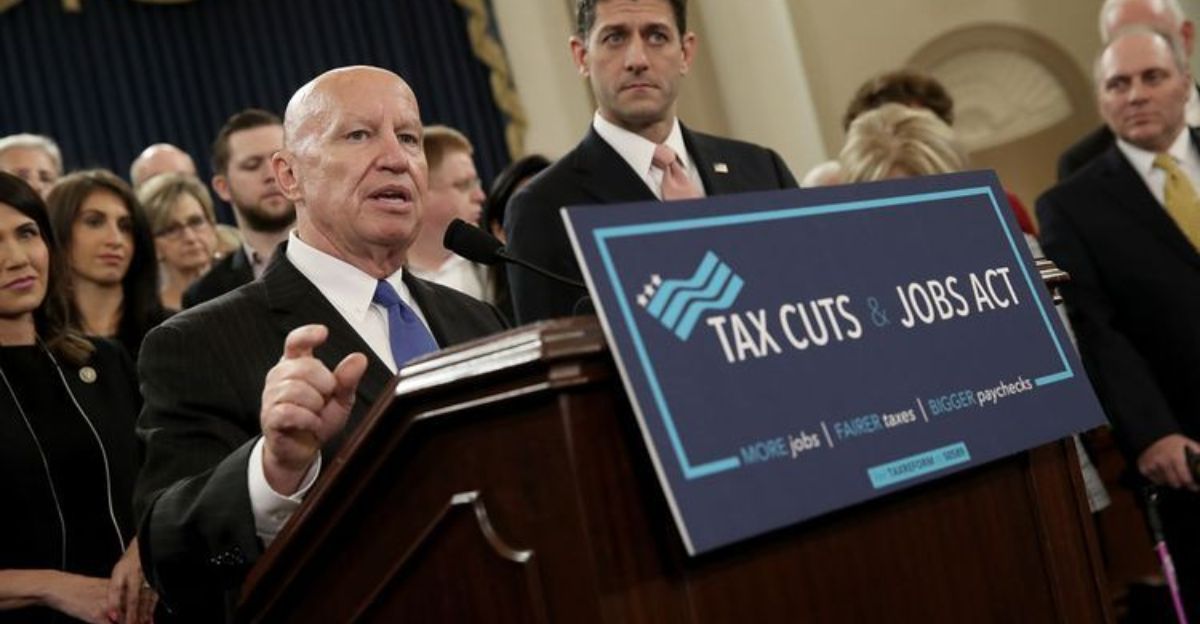
The 2017 Tax Cuts and Jobs Act cut the orphan drug tax credit from 50% to 25%, but broader investment incentives underperformed. Research by Kennedy, Landefeld, Mortenson, and Dobridge shows no wage gains for workers below the 90th percentile.
Brookings found business investment barely budged as a share of GDP. Median household income rose just $553 the first year, a figure the Census Bureau called statistically insignificant.
Fed Drama That Shook Dollar’s Reputation
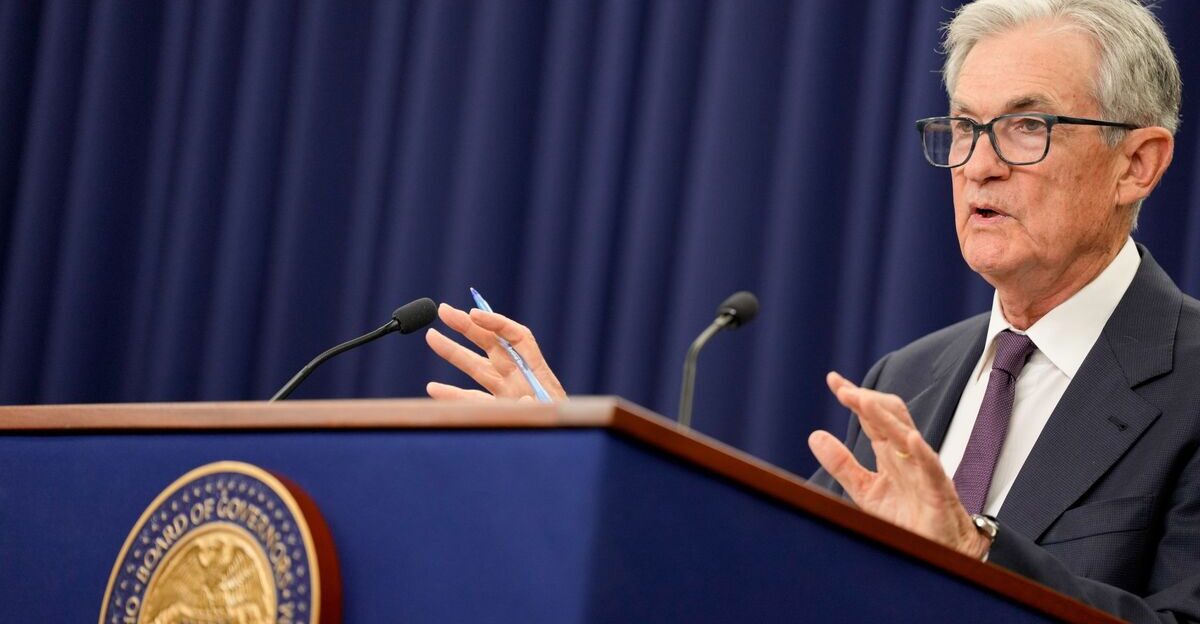
Trump’s threats to remove Fed Chair Jerome Powell sparked global alarm. Reuters reported the European Central Bank urged banks to assess dollar-funding risks over Fed credibility.
Polymarket betting odds on Powell’s dismissal fluctuated with Trump’s rhetoric. UBS Asset Management found two-thirds of central bank reserve managers feared the Fed’s independence was at risk, shaking trust in the U.S. dollar worldwide.
Deportations That Backfired on U.S. Workers

The Baker Institute found deporting 500,000 immigrants could eliminate 44,000 U.S.-born jobs, cutting construction labor by 10%. The American Immigration Council predicts prices could rise 9.1% by 2028.
The Penn Wharton Budget Model estimates mass deportation would reduce GDP and cost $900 billion in lost tax revenue over a decade. Research shows removing workers suppresses wages across the board, immigrant and native alike.
Who Pays the Price?
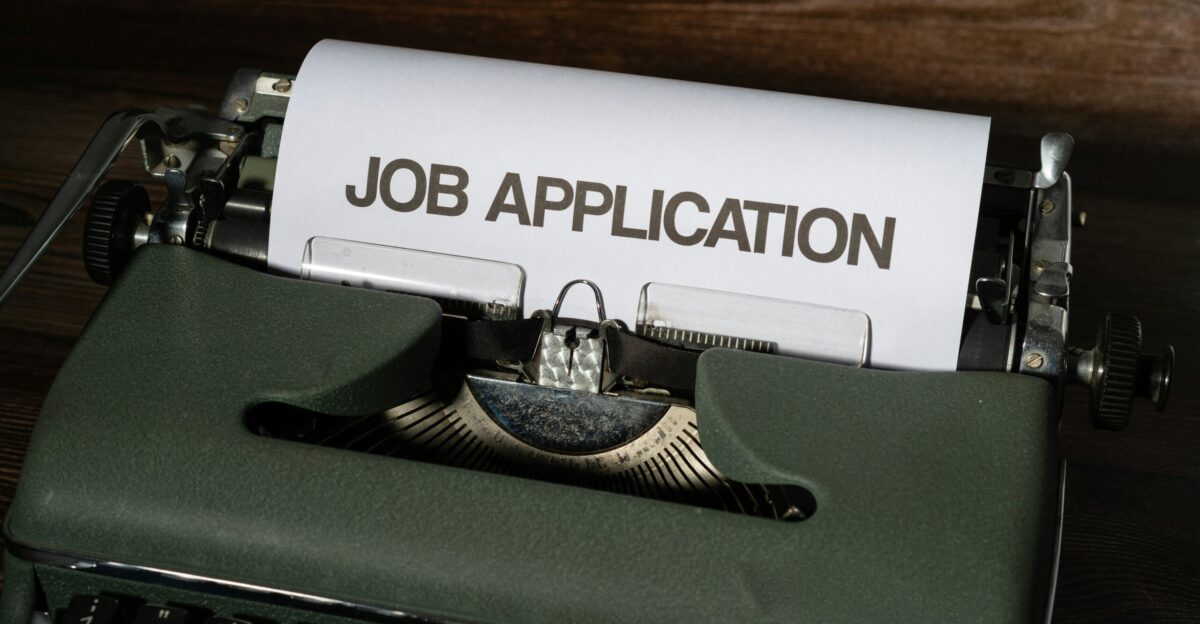
Younger generations may carry the biggest burden. Millennials and Gen Z face rising costs, fewer job opportunities, and climate risks tied to past decisions. The LSE Grantham Institute and Investopedia warn that the debt load alone could limit public investments for years.
For many, Trump’s economic legacy isn’t just about today’s headlines, it’s about what their future will look like.
Defining a Legacy
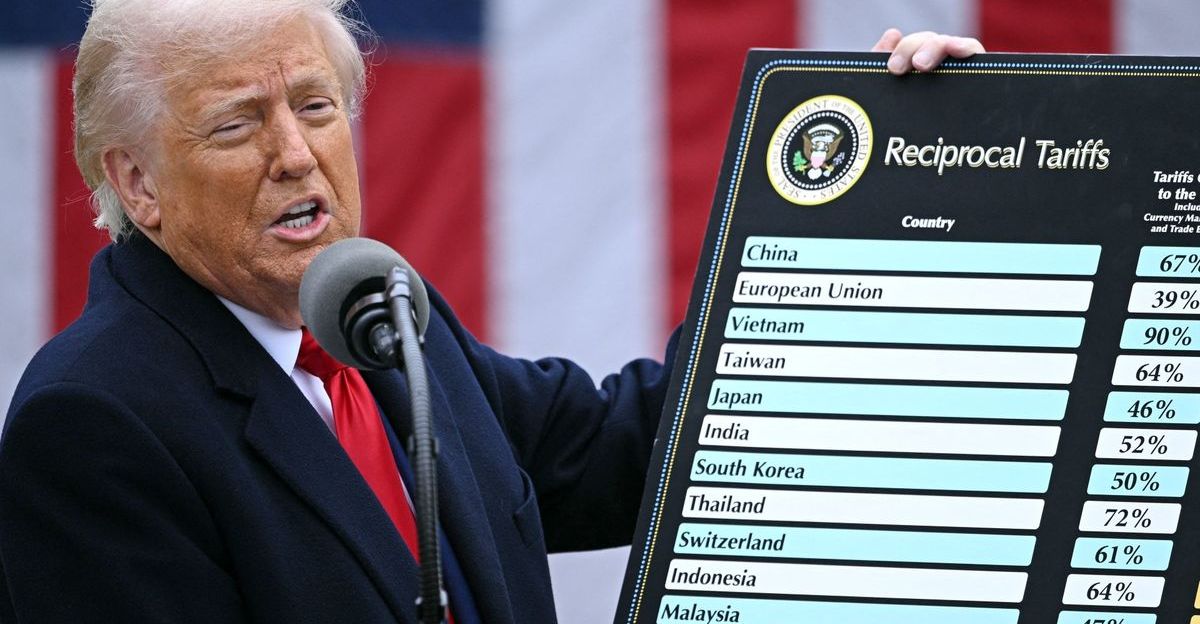
Trump’s nine biggest economic moves didn’t just rewrite the rules, they tore up the old playbook. Whether these were bold corrections or risky experiments, their scale and speed reshaped America’s economy.
As American Progress and Politico note, the final verdict may take years. But one thing’s clear: the economic world after Trump looks very different from the one before him.